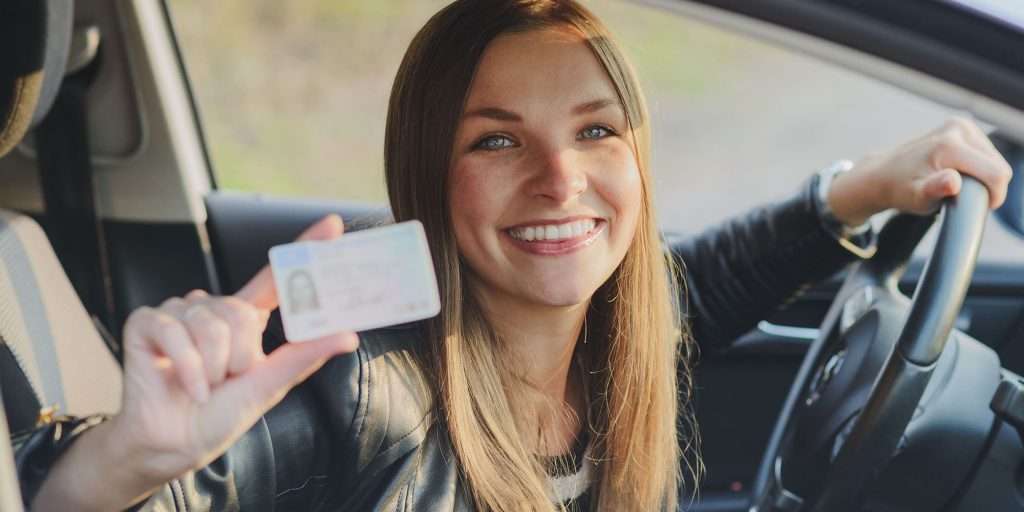To get your first driver’s license, you need to provide certain documents. These include a copy of your birth certificate and social security card. Exact requirements depend on state. However, you need to prove your identity, your parents’ identity, and your place of residence. Also, you need documents of any formal schooling or training that may qualify you to drive. In some states, you may also be required to submit certification of training and proof of need of a license. Also, in certain states, you will need proof that you’ve held a provisional or trainee’s license for a minimum of six months prior to your application.
What Do You Need to Apply for a Driver’s License at 16?
Unfortunately, the requirements vary by state. However, you will probably need the following documents:
Proof of Identity: You need a copy of your birth certificate at minimum or bring a passport or government photo ID if you have one. If your name or place of residence have changed, update your vital records with a replacement birth certificate or an updated ID before going to the DMV. If you don’t have your birth records, you can order a copy of your birth certificate online with your parents’ help.
Social Security Card – Bring your social security card. If you don’t have it, your parents can replace it.
Proof of Residence – If you’re getting your first driver’s license, you have to provide proof of residence. Your parents or legal guardians should provide these documents. In most cases, they should bring a lease, utility, or other bill showing the place of residence.
Proof of Relationship — Most states require that your notarized birth certificate show your parents’/guardians’ full names alongside the date of birth. In other cases, you will need a court order or adoption paperwork as proof of relationship.
Parental Consent – Your DMV will require your parent or guardian to sign a form of consent, available at the DMV.
Other – If you’re not a state resident or have recently moved, you have to provide additional documents. For example, certification of schooling, certification of driver’s education, etc. These requirements change by state. Therefore, contact your local DMV for further information.
Visiting the DMV
The Department of Motor Vehicles handles vehicle and driver registration in the United States and issues driver’s licenses. If you’re getting your first driver’s license, visit the DMV in person with identifying documents such as a copy of your birth certificate. You can do so by visiting your local office.
- You must be a minimum of 15 ½ years of age to apply for a license or provisional license in most states. Some states have a higher or lower minimum age.
- Most states require a certification of schooling alongside a certification of driver’s education with a minimum of 25-60 hours of classroom time.
- Most states also require that you pass a vision exam.
- Pay an application fee.
- Pass the theory exam.
- Pass the driving exam if applicable.
- Have your picture taken.
Most DMVs will issue a temporary driver’s license. You can use that until your current one shows up in the mail. Some states will require you to hold a temporary 6-month provisional license before issuing a complete driver’s license.
What If I Don’t Have My Birth Certificate or Social Security Card?
Your birth certificate and social security card are important identifying documents proving who you are and your U.S. citizenship. It is important that you have them. However, if you or your parents/guardians have misplaced or lost them, you can order a birth certificate replacement online, with their help.
Your parent or guardian can use Vital Records Online to submit a request to your original state and city of birth for an original, notarized copy of your birth certificate. While it is possible to get a fast birth certificate replacement, you may have to postpone your DMV appointment if you need a notarized copy. Parents and guardians need a photo ID to begin filling out the birth certificate replacement form.

